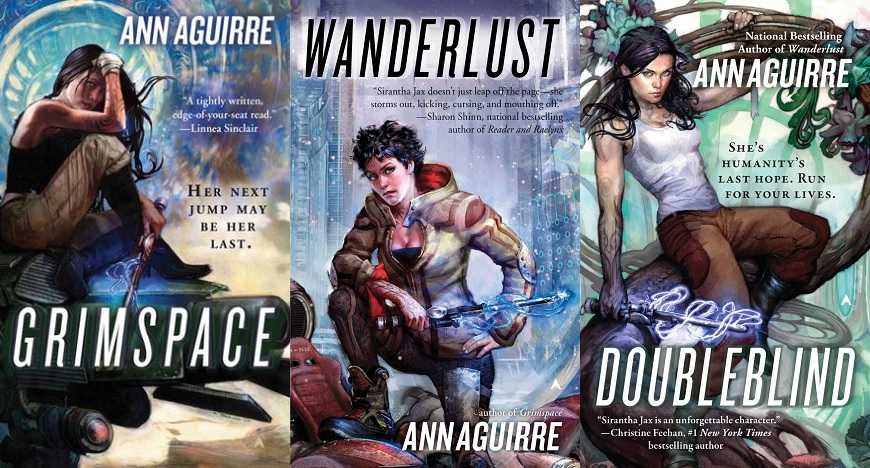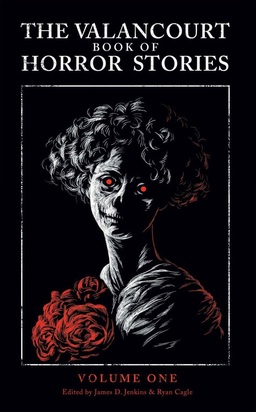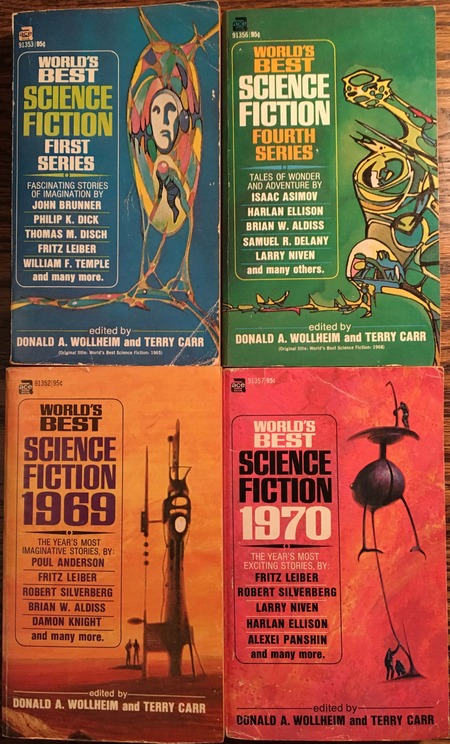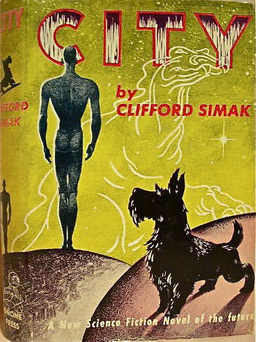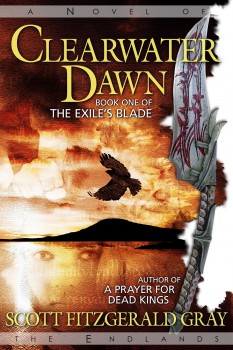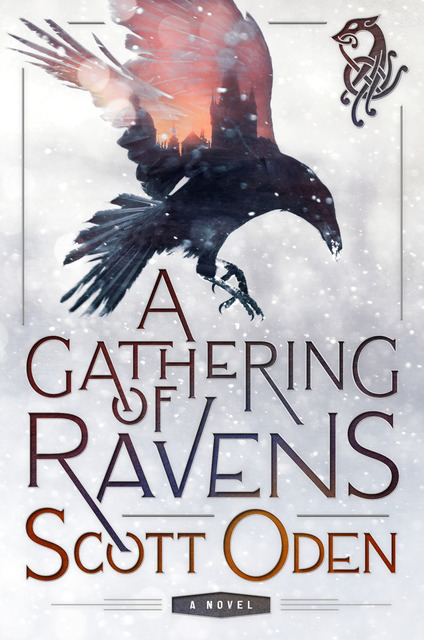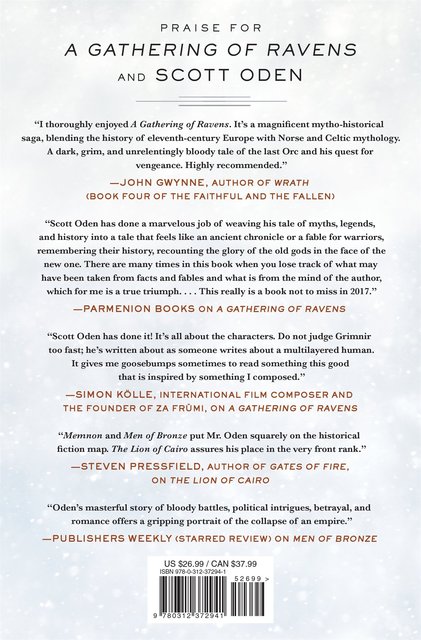A Treasure Trove of Classic Science Fiction & Fantasy: The Collected Short Works of Poul Anderson
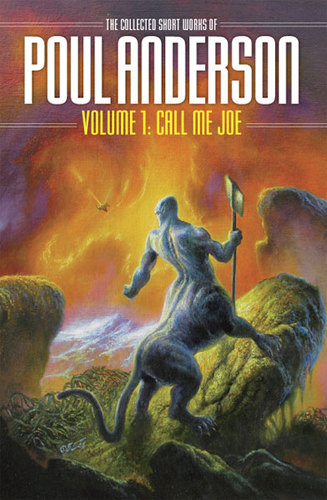 |
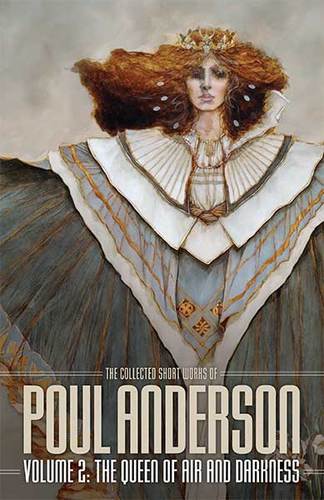 |
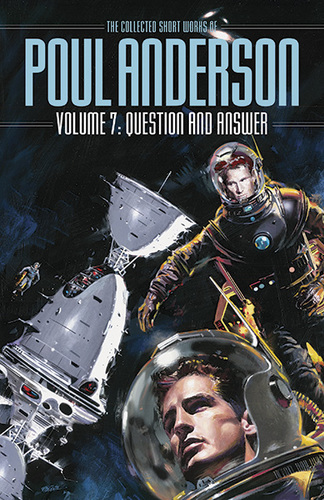 |
By the time of his death in 2001, Poul Anderson was at the top of the field, with over 70 novels and numerous short stories to his credit. He’d won virtually every award science fiction has to offer, including seven Hugos and three Nebulas. In the 16 years since, however, virtually all of his work has fallen out of print. And like most of the greats of 20th Century science fiction, he’s now in very real danger of being forgotten.
Thank goodness for NESFA Press. Their ongoing project, The Collected Short Works of Poul Anderson, currently at seven volumes and counting, gathers the very best of his short fiction, including all of his Hugo and Nebula nominated and winning short stories. NESFA has produced some stellar collections over the past few decades, celebrating the work of Roger Zelazny, John W. Campbell, Fredric Brown, Zenna Henderson, Cordwainer Smith, C.M. Kornbluth, and countless others, with gorgeous permanent edition hardcovers.
Like each of those, these new volumes have made hard-to-find fiction available and fresh all over again, introducing Anderson to a whole new generation. The latest installment, The Collected Short Works of Poul Anderson, Volume 7: Question and Answer, collects five novellas, two novels, and a smattering of short works, including six tales of Dominic Flandry, agent of the Terran Empire, and two stories of the far-ranging Psychotechnic League. It was released in hardcover in February.
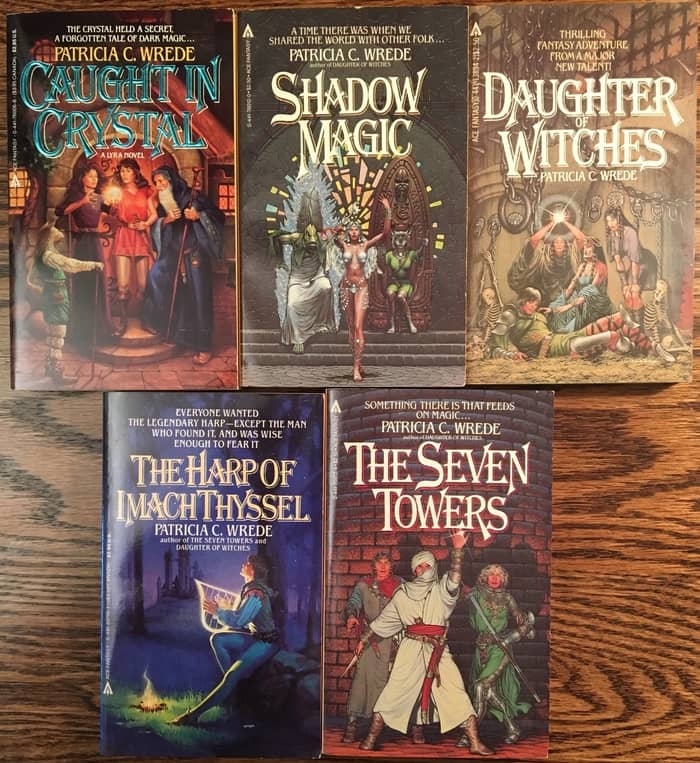
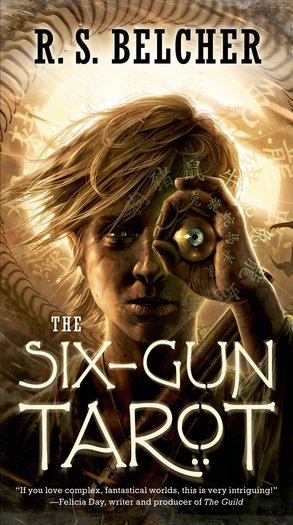
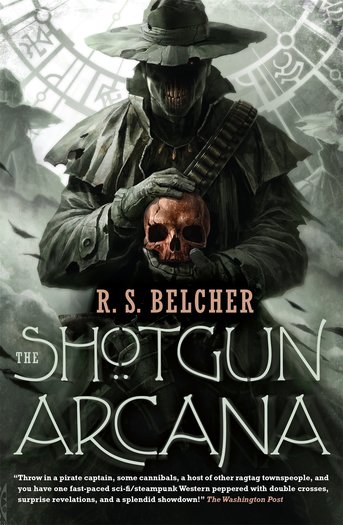
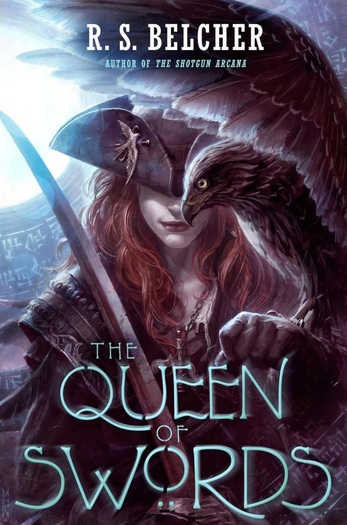
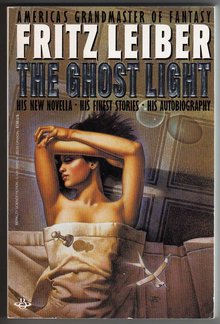 Here at Black Gate we often have posts on films and TV shows as they connect with or pertain to our favorite genre(s). If we don’t talk as much (or at all) about live drama, it’s probably because there’s not as much SF or Fantasy happening on the stage as there is on the screen. I’d think we’d all agree that with a very few exceptions stage effects are simply not equal to the kind of special effects SF and Fantasy often need.
Here at Black Gate we often have posts on films and TV shows as they connect with or pertain to our favorite genre(s). If we don’t talk as much (or at all) about live drama, it’s probably because there’s not as much SF or Fantasy happening on the stage as there is on the screen. I’d think we’d all agree that with a very few exceptions stage effects are simply not equal to the kind of special effects SF and Fantasy often need.